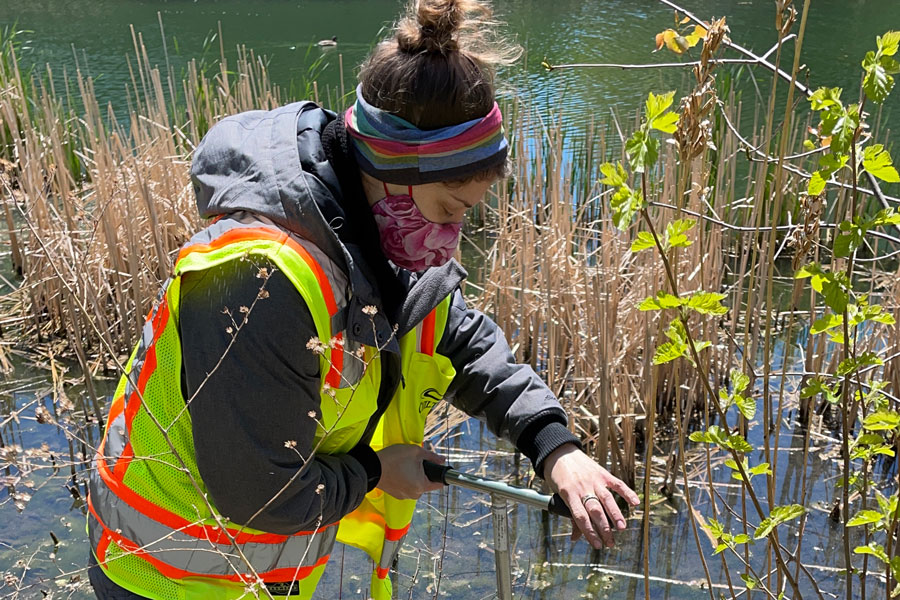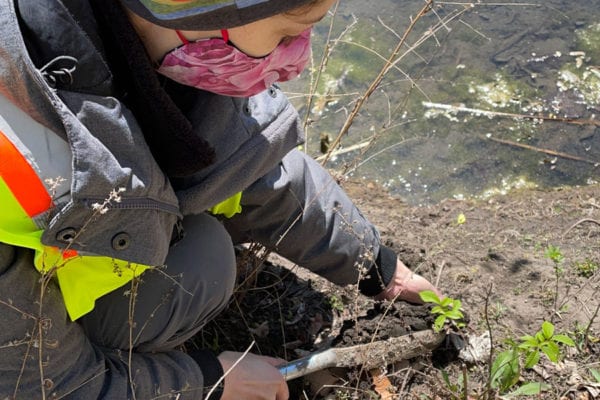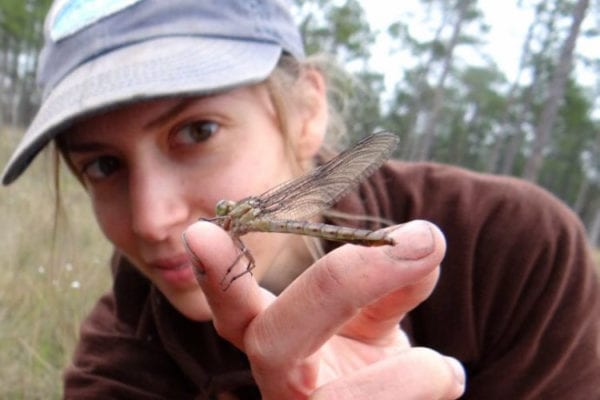
Wetlands are sensitive areas that provide unique and interesting ecological functions that are important components within a regional environment and are afforded special protections by public agencies. Wetlands are sometimes referred to as “nature’s kidneys” – cleaning the water that pass through them. Soil sediments and nutrients are filtered out producing clean water. Also, wetlands act as a barrier between a waterway and land. In coastal regions, wetlands create barriers between the ocean and land providing a natural buffer for hurricanes and storms. In the Midwest, wetlands provide a transition between a waterway and an upland area which helps manage storm water and control flooding and runoff.
With the role wetlands play in the overall environment and their required governmental protections, identifying a wetland and its parameters is a critical early step in a Phase I Design Study. Once the status of a wetland is determined, our Phase I team can plan around it or better understand impacts to be mitigated. Civiltech’s environmental scientist and Certified Wetlands Specialist, Samantha Primer, CWS, provides Wetland Delineation services within our Environmental & Design Studies department.
Wetland delineation needs to occur early in the Phase I process. This however can be challenging within a Phase I project schedule as the delineation has to be done within the growing season. The wetlands soils and plants are ever-changing, thus the final report is only valid for a set amount of time. Careful consideration has to be given to the timing of the delineation so that it does not expire before the team can complete other parts of the study.

To determine if a site is a wetland, Samantha checks for water loving plants, the right hydrology, and hydric soils. A hydric soil is a soil that is saturated, and the anaerobic conditions of the soil make it hard for a wide variety of plants to live in it resulting in vegetation that can stand the wet condition.
Samantha uses a soil probe to gather a sample, assess, and determine if the soil has experienced prolonged periods of inundation. The probe takes a core providing a 6 inch sample. The sample is carefully set aside and a few more cores are taken. Then, Samantha reads the layers of the soil profile using a guide called the Munsell Soil Chart to analyze the different soil colors and other indicators that have been developed by governmental and academic agencies.
For each potential wetland, at least 1 probe should occur within the wetland and 1 probe should be at the upland, with the two close together to assess the boundary between. Sometimes it is necessary to take many soil samples just to determine the boundary.
Once the field work is complete, a report is prepared. Also, a wetland delineation may involve obtaining permits from or coordinating with various agencies such as IDOT, the Army Corps of Engineers, or a local storm water management agency.
Samantha became interested in this line of work in college when she had the opportunity to assist a professor with plant research. In that role, she began learning to identify populations of plants within different environments. Samantha says she enjoys that wetlands delineation is applied work – a nice blend of plant science combined with a necessary application.

However, the wetlands delineation work may not be for everyone. While the opportunity to work outside in nature can be appealing, this work is often performed during long hot summer days and in remote (tick-laden!) areas. In describing the field work, Samantha says, “you have to check your pride at the car as you tuck your pants into your socks, your shirt into your pants, and get very dirty.” But despite the physical challenges, Samantha finds the work rewarding. In addition to helping protect wetlands, she says the opportunity to find a plant you didn’t expect or might not otherwise get to see can be an exciting moment. She sums up her enjoyment of the work saying, “Sometimes when you get a minute to sit in the beautiful natural setting and eat your lunch and the breeze is blowing, you realize how cool this job is.”
